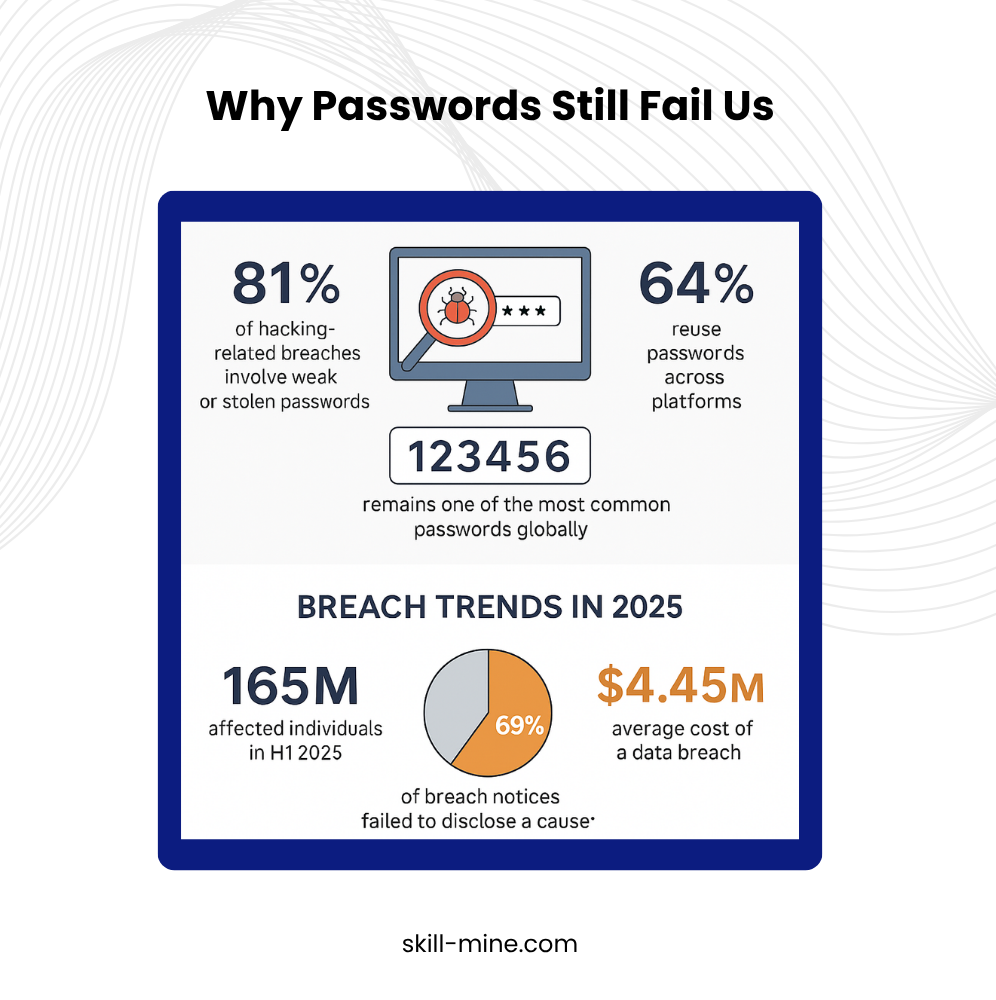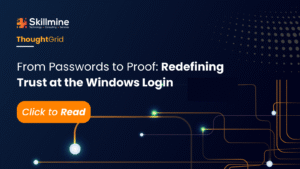In an era of AI-powered security and high-tech firewalls, the downfall of a 158-year-old company due to a single weak password serves as a stark reminder: your identity and access strategy can either protect your business or compromise it.
KNP Logistics, a well-established UK-based transportation company, was recently forced into administration after suffering a ransomware attack. The attackers? The Akira ransomware group. Their entry point? A single weak employee password.
Once inside, the attackers encrypted the company’s data, disrupted all operations, and pushed the organization toward permanent shutdown. More than 700 employees lost their jobs, and over a century of legacy was erased in just a few days.
One weak password. One avoidable mistake. Complete collapse. This wasn’t just a breach. It was a preventable security breach.
KNP Logistics, a well-established UK-based transportation company, was recently forced into administration after suffering a ransomware attack. The attackers? The Akira ransomware group. Their entry point? A single weak employee password.
Once inside, the attackers encrypted the company’s data, disrupted all operations, and pushed the organization toward permanent shutdown. More than 700 employees lost their jobs, and over a century of legacy was erased in just a few days.
One weak password. One avoidable mistake. Complete collapse. This wasn’t just a breach. It was a preventable security breach.
The Password Problem: Still the #1 Breach Vector
Despite all the advancements in cybersecurity, weak or stolen passwords remain the most frequently exploited entry points in modern attacks. The KNP incident is not an outlier; it’s a symptom of a larger issue: enterprises still rely on outdated access strategies.

The Real Cost of Breaches Today
The consequences of weak authentication go far beyond stolen data. They include massive financial losses, damaged reputations, and organizational collapse, as in KNP’s case.
Why Reactive Measures Are No Longer Enough
Many organizations remain focused on post-incident response, but today’s landscape demands proactive defense. The attack on KNP reveals several common gaps:
- Inadequate password management and policy enforcement
- No MFA on legacy systems
- Lack of behavioral monitoring and anomaly detection
- No centralized control or conditional access enforcement
Introducing Skillmine Auth: Built for Breach-Aware Access
Skillmine Auth is an enterprise-grade identity and access management (IDAM) platform that addresses today’s most critical security challenges, starting at the password level.
What Skillmine Auth Enables:
- Breach-Aware Password Enforcement Detects and blocks breached or weak passwords in real time using threat intelligence.
- Adaptive Multi-Factor Authentication (MFA) Applies intelligent, contextual MFA across all apps, web, cloud, and legacy.
- Single Sign-On (SSO) Streamlines access across systems while enforcing centralized security controls.
- Conditional Access Controls Restricts access based on user location, role, device, or time-of-day policies.
- Anomaly Detection and Login Intelligence Uses geo-fencing, device recognition, and behavioral analytics to detect suspicious logins.
- Audit-Ready Compliance Aligns with NIST, ISO27001, GDPR, and other global standards.
Final Thoughts: This Is No Longer Just an IT Issue
The collapse of KNP Logistics should be a wake-up call for every organization. Security is no longer confined to the IT department; it is now a boardroom’s priority. Identity is the new perimeter, and it demands constant vigilance.
Ask yourself:
Ask yourself:
- Is your organization still dependent on password-only access?
- Are you monitoring for breach patterns and anomalous behavior?
- Could a single weak password take your business offline?
Take Action Before Attackers Do
SkillmineAuth gives your organization the tools to move from reactive recovery to proactive protection. Let us help secure your critical access points before they become your weakest links.





